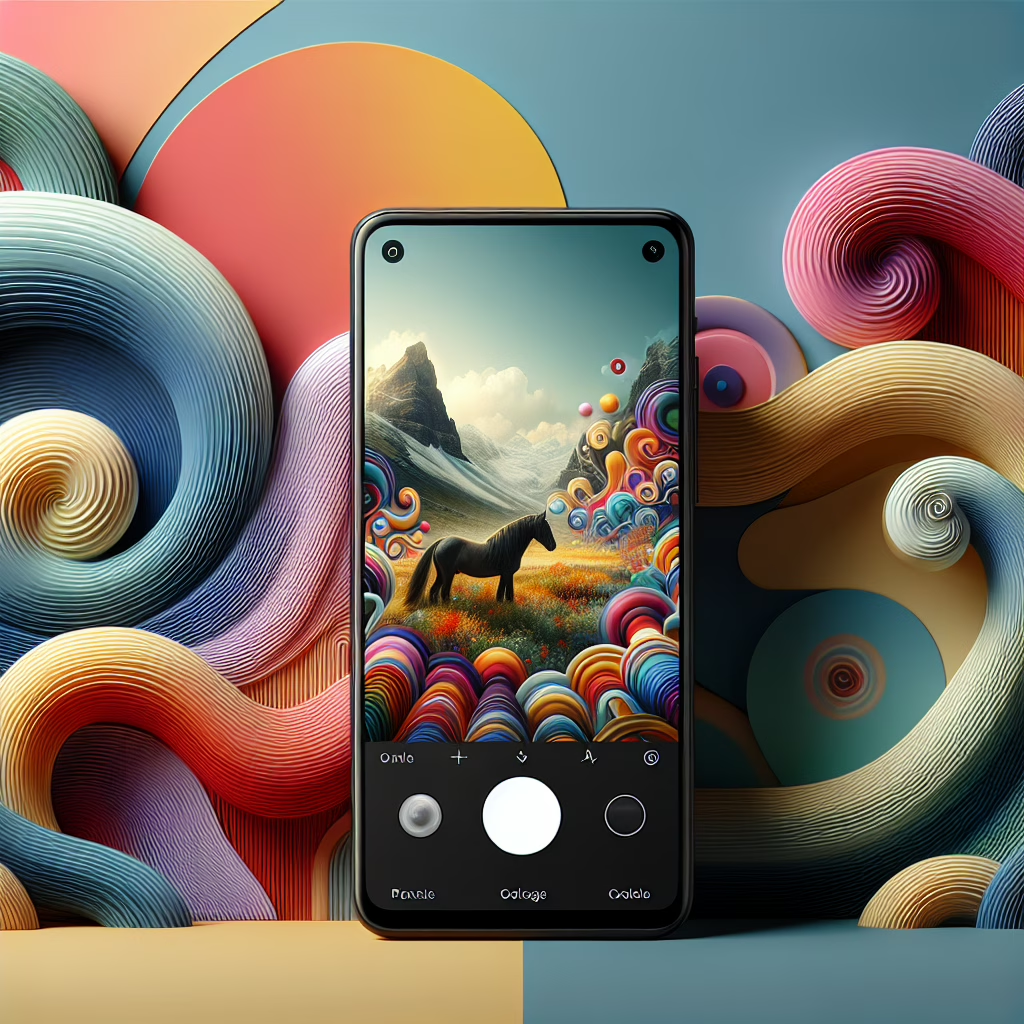In the ever-evolving world of smartphones, where every pixel counts, the Nothing Phone 3 has sparked a delightful little kerfuffle among tech enthusiasts and consumers alike. The discussions became particularly lively when some sharp-eyed individuals noticed that the photo samples flaunted by Nothing seemed to have more in common with a high-budget movie set than with actual smartphone capabilities. Yes, we’re talking about those glamorous shots that can make even the most mundane object look as if it belongs on the cover of Vogue.
Nothing Phone 3: A Photo Op Gone Awry
The recent buzz surrounding the Nothing Phone 3 revolves around its alleged use of fake photo samples. Now, before we dive deeper, let’s clarify: using staged or overly edited images isn’t exactly a novel concept in smartphone marketing. However, when the samples are as misleading as a magician’s trick, eyebrows start to raise—and not just from fellow magicians!
Critics have taken to social media like bees to honey, pointing out that some of the photos presented by Nothing are reminiscent of graphics seen in video games, rather than what one could realistically capture with a phone. One can almost hear the collective gasp of disappointment echoing across tech forums. But hey, at least it gives us something to talk about!
The Marketing Magic Behind Smartphone Photography
Smartphone photography has become an art form in itself, where companies often paint a picture that’s slightly—let’s say—overly optimistic. The Nothing Phone 3 attempted to showcase its camera prowess with images that could make a potato look like a Michelin-star dish. But this raises an important question: how far is too far in the pursuit of perfect marketing?
Most brands have dabbled in this strategy, showcasing their latest devices with dazzling images that might make you wonder if they employed a team of Hollywood cinematographers. However, what happens when consumers realize they’ve been sold a bill of goods? Well, they take to social media faster than you can say “unboxing video.”
Impact on Consumer Trust
So what does this mean for consumer trust? In 2025, with more smartphones vying for our attention than ever before, trust is worth its weight in gold—or at least worth a few extra megapixels. When brands stretch the truth about their products, they risk alienating their fan base. And let’s face it; nobody wants to feel duped.
When consumers invest their hard-earned cash into a new device, they expect results. If the Nothing Phone 3’s photo capabilities don’t live up to the carefully curated samples shown in ads, buyers might find themselves feeling as betrayed as someone who ordered a gourmet meal only to receive a sad salad instead.
A Lesson for Future Brands
This little debacle serves as a lesson for future brands: honesty is not just the best policy; it’s also the most sustainable one! By embracing transparency and showcasing realistic examples of what their devices can do, companies can foster loyalty among their user base.
- Show true-to-life shots taken with actual users.
- Highlight features through realistic scenarios.
- Encourage user-generated content to boost authenticity.
Think about it—would you rather buy a phone from a brand that displays genuine capabilities or one that presents you with fantasy images? The answer seems obvious! Let’s champion authenticity over idealism, especially in [smartphone marketing](https://www.geekyopinions.com/tag/smartphone-marketing)!
Conclusion: What Lies Ahead for Nothing Phone 3?
As for the Nothing Phone 3? It still holds potential in the market—after all, it’s not just about how you present your product but also how you respond to criticism and learn from your mistakes. If Nothing can pivot and embrace more honest marketing strategies going forward, it may just turn this controversy into an opportunity.
So there you have it! The Nothing Phone 3 might have stumbled out of the gate with its photo samples, but perhaps it will rise like a phoenix from the ashes of misrepresentation. We’d love to hear your thoughts on this matter! Do you think brands should adopt more honest marketing strategies? Or is it all just part of the game?
For further insights on the latest smartphone trends, don’t miss our article on Google’s Gemini and its impact on photo editing technology: Google’s Gemini 2.5 Flash Just Put Photoshop on Notice.

